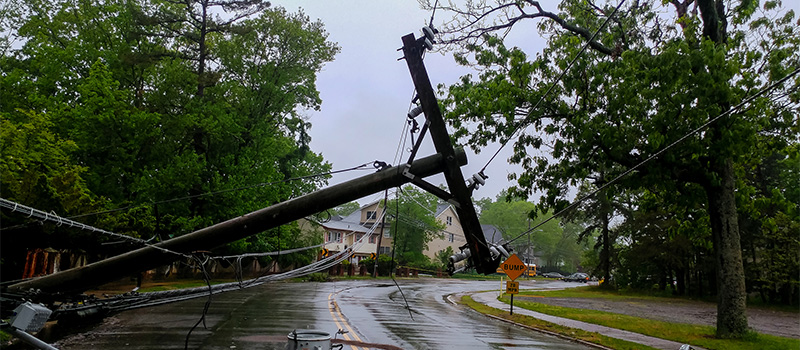How To Evaluate and Update Your Natural Disaster Preparedness Plan
How To Evaluate and Update Your Natural Disaster Preparedness Plan

How To Evaluate and Update Your Natural Disaster Preparedness Plan
You might have put a disaster preparedness plan in place years ago — but how ready will you be if a natural disaster occurs? Floods, hail, tornados, hurricanes, and fires are just a few examples of threats that could happen without much warning. If an emergency does occur, you will want a solid plan to fall back on.
In the 2020 National Household Survey, FEMA reported only 48% of American households had a disaster preparedness plan in place. However, simply having a preparedness plan in place is only a start; plans can be forgotten, neglected, or outdated. Evaluate your preparedness plan yearly to help you and your family stay ready.
Update for Local Hazards
Start by considering what hazards to include in your natural disaster preparedness plan. Are there any disasters that might occur in your area that you did not previously plan for?
Climate change has increased the size and frequency of serious weather events. More people are affected each year, and some areas are experiencing hazardous weather or fire that have not been much of a threat in years past.
Check Your Supplies
Go through your supplies and update what is needed. Look at all expiration dates so you can use and replace any food close to expiring. It is a good idea to just replace your stash every three months to keep everything fresh.
Update Your Property Inventory
Go over everything in your home and personal property, updating the inventory of what you have with a video walkthrough. If a natural disaster occurs, you will want to have an inventory record for insurance purposes.
Talk to your insurance agent to see if your current policy limitations will cover your larger valuables (like jewelry, artwork, or expensive equipment). You may need an appraisal and additional coverage for the more valuable items in your home.
Hold a Family Meeting
Your family should go over your plans as a refresher course each year, considering all modifications. As your family changes (new pets, older kids, etc.), your plan should be revised. Discuss important information, like:
- Emergency meeting places
- Important supplies to keep stocked
- Emergency contact numbers
- Emergency action plans
- Safety practices for each scenario
Test Your Action Plans
Every six months, you should practice your action plans. By physically walking through the action of leaving the house in case of a fire or sheltering in a small interior room for a severe storm, you will help your family internalize the plan.
During the practice, you can discuss potential scenarios for the disaster. What if someone is away from the home when severe weather hits? What if a fire occurs and a child is in their bedroom alone? Use this time to be encouraging and empowering to your family — give them a chance to raise questions and prepare for action.
Update Emergency Information
Evaluate your emergency information in your disaster preparedness plan. Your disaster supplies kit should include important family documents, like copies of bank records, insurance policies and personal identification documents. For pets, make sure you keep your vaccination records on hand. You can keep these documents in a waterproof container and backed up digitally to help safeguard them in case of a natural disaster.
